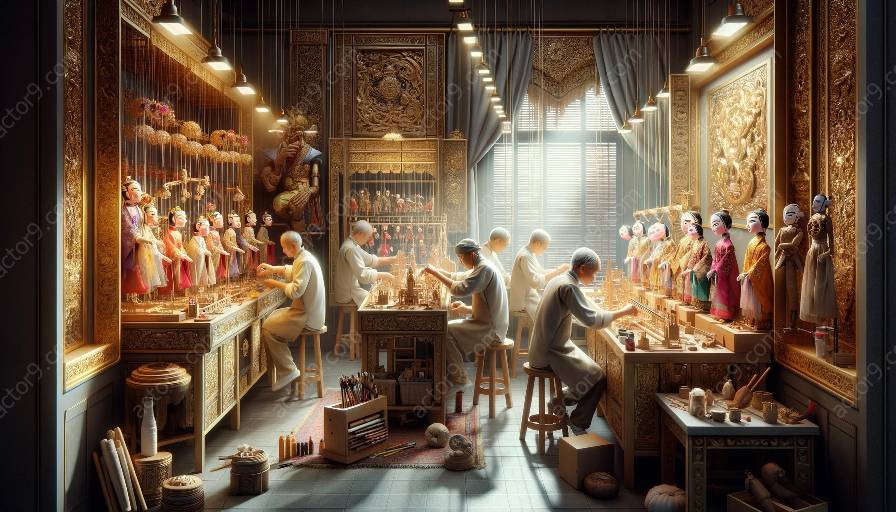As puppetry continues to be celebrated as an art form, it is crucial to examine the ethical considerations in puppet construction techniques. This exploration takes us through the impact of materials, cultural sensitivity, and social responsibility in puppetry. Understanding these ethical dimensions not only elevates the craft but also contributes to a more inclusive and responsible artistic practice.
Materials and Sustainability
One of the foremost ethical considerations in puppet construction lies in the selection and use of materials. As puppeteers and creators, the sustainability of the materials utilized plays a significant role. Opting for environmentally friendly materials or reusing existing items aligns with the broader efforts towards sustainability. This approach not only minimizes the environmental impact of puppet construction but also promotes awareness of sustainability in the arts.
Cultural Sensitivity and Representation
Puppet construction techniques should also be approached with cultural sensitivity and representation in mind. Incorporating diverse cultural elements in puppetry enhances representation and fosters inclusivity. It is crucial to avoid cultural appropriation and ensure that the construction techniques and design choices respect and reflect the authenticity of the cultures being portrayed. Ethical considerations in this context emphasize the responsibility to depict diverse cultural perspectives accurately and respectfully.
Social Responsibility and Impact
Furthermore, the ethical dimension of puppet construction techniques extends to the social impact of the art form. Puppets often convey stories and messages that can influence societal attitudes. Ethically constructed puppets can serve as vehicles for promoting positive social change and addressing important issues. Considering the broader impact of puppetry on society underscores the ethical responsibility in puppet construction techniques.
Artisan Rights and Fair Trade
Another ethical aspect of puppet construction techniques involves artisan rights and fair trade principles. When sourcing materials or collaborating with artisans, it is essential to uphold fair trade practices. This ensures that creators respect the rights and livelihoods of the individuals involved in producing the materials and components used in puppet construction. Ethical craftsmanship encompasses the fair treatment and recognition of the labor that goes into creating each puppet.
Transparency and Accountability
Ethical considerations in puppet construction techniques also demand transparency and accountability. Artists and puppeteers should be forthcoming about their construction methods and materials, providing audiences with insight into the creative process. This transparency fosters trust and enables stakeholders to make informed decisions about the puppets they engage with, aligning with principles of ethical consumerism in the arts.
Conclusion
Exploring the ethical considerations in puppet construction techniques emphasizes the interconnectedness of puppetry with sustainability, cultural representation, social impact, artisan rights, and transparency. By integrating these ethical principles into puppet construction, the art form becomes a vehicle for positive change and a representation of responsible artistic practice. Upholding ethical considerations in puppet construction techniques contributes to a more inclusive, respectful, and impactful puppetry landscape.


























